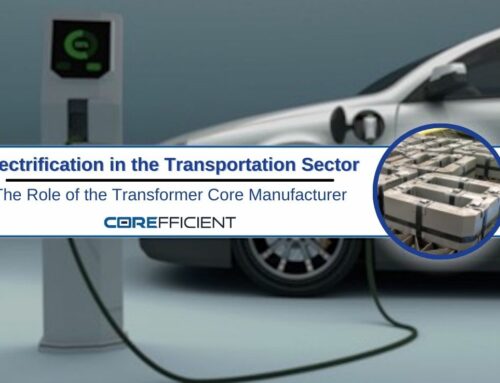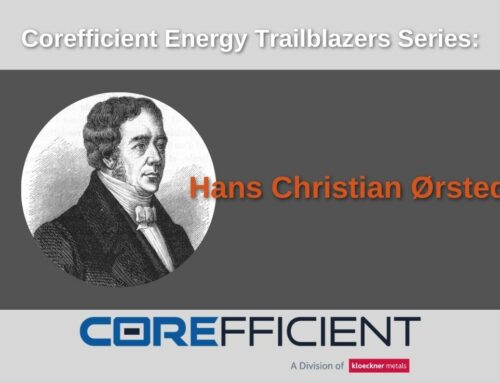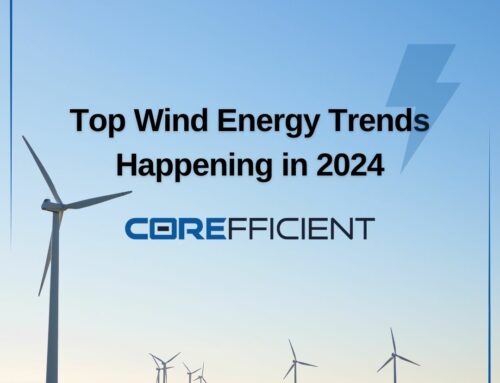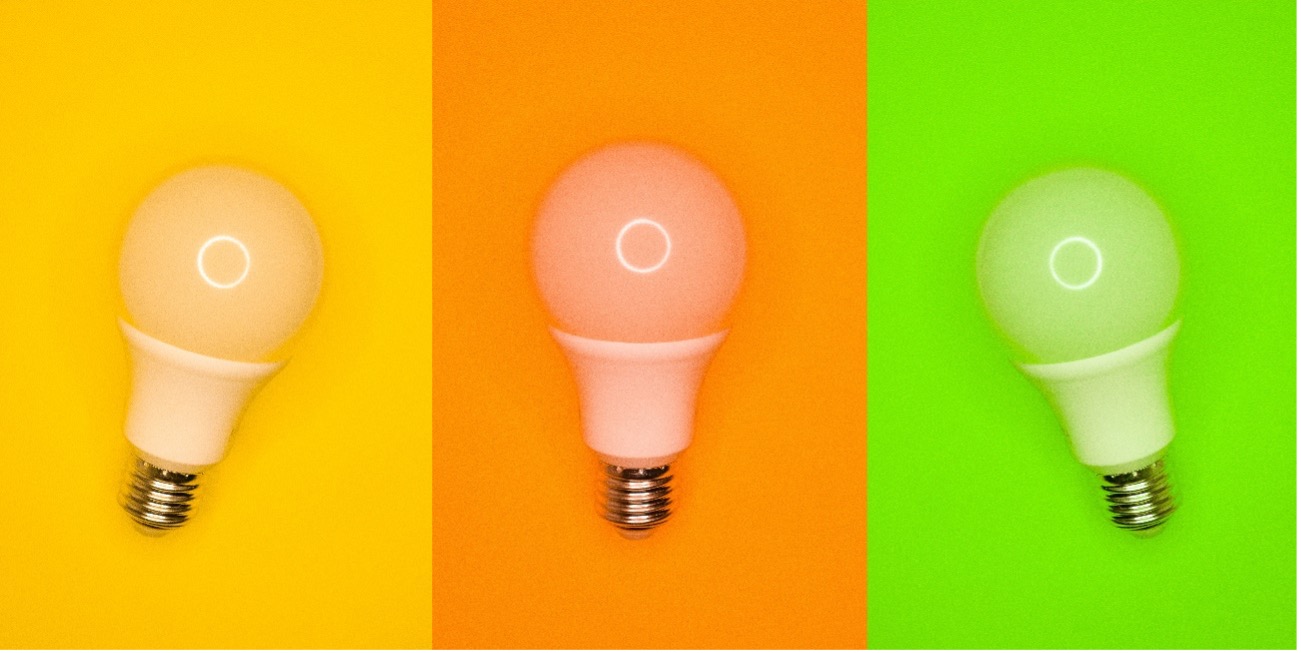
Image Attribution: https://unsplash.com/photos/GbAEJUJKJ88
The world is developing faster than ever, and energy consumption is one of the main concerns of people across the globe. Various innovative companies are developing new and efficient ways to generate and save energy to keep up with the ever-growing energy demand.
In the last few years, we have seen a dramatic increase in energy-efficient products and technology development. This was a result of the growing awareness of the need to conserve energy and the dwindling supply of fossil fuels.
As the world moves towards a more sustainable future, energy-efficient products and technologies will play a vital role in reducing our carbon footprint. Here are some of the best energy-saving innovations and inventions you can use in your home or business.
Smart Thermostat
A smart thermostat connects to your smart hub and phone so you can personalize and control it from a distance. Advanced smart thermostats utilize machine-learning to identify patterns in your house or office and adjust the operation of your heater or air conditioner, effectively fine-tuning your climate control system to conserve energy. These devices keep data records that you can use to analyze your heating and cooling energy usage patterns.
Bulbs That Use Less Energy
Changing your regular light bulbs for energy-saving ones like halogen bulbs, compact fluorescent lamps (CFLs), and light-emitting diodes (LEDs) is one of the simplest, quickest, and least expensive ways to preserve electricity. Most consumers who made the move report fantastic results and an instant reduction in their electricity bill. If you want the most illumination for the least amount of energy, LED bulbs are the most effective choice. If you’re still not convinced, here are some simple numbers for you:
— Compared to incandescent bulbs, energy-saving light bulbs typically use between 25% and 80% less electricity.
— LED bulbs can live up to 20 times longer than conventional bulbs, and CFL bulbs last six times longer.
— LED lights offer efficient heat management and reduce energy waste, whereas incandescent bulbs only produce light with 10% of the energy they consume.
What about the increased cost? Energy-saving light bulbs are more expensive than standard light bulbs, but they have a longer lifespan, which makes up for the price difference (which also means fewer trips to the supermarket to buy new ones). Compared to incandescent bulbs, they consume a tiny fraction of the energy to create the same quantity of light. Also, they are available in every hue imaginable, allowing you to liven up your home, apartment, or workplace.
Solar Panel-Covered Canals Provide Benefits for Both Energy and Water
The University of California issued a report in March 2021 titled “Energy and water co-benefits from covering canals with solar panels” that discussed the solar-canal approach. The study found that putting solar PV above all of California’s canals—a total of 4,000 miles—would prevent more than 65 billion gallons of water from evaporating annually.
The anticipated energy capacity of such a concept is 13 gigawatts (GW), or roughly one-sixth of California’s current installed capacity. Moreover, there is the possibility of significant land resource savings. Head over to this page for more details.
Powering Your Home with an Electric Vehicle
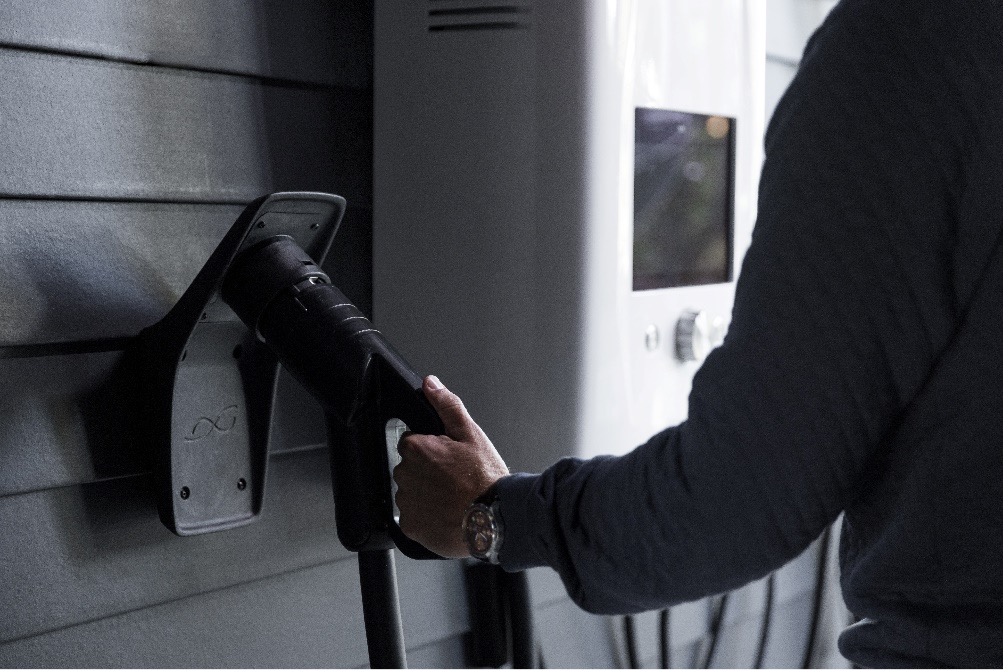
Image Attribution: https://unsplash.com/photos/7aFmUOkguyE
Introducing Vehicle to Home (V2H) or Vehicle to Building (V2B). This technology enables you to use your EV as a (massive) home battery system using a bidirectional charger and an energy meter.
Rooftop solar panels will continue to charge the EV, while V2H can be grid-forming, allowing it to run even when the grid is down. However, the bidirectional charger being utilized determines backup capacity.
V2H is a much more affordable and practical method of addressing home energy storage when considering the capacity of electric vehicle batteries based on a household’s energy usage profile. Kilowatt-hour for kilowatt-hour, the cost of an EV battery system may be comparable to buying just the battery and getting the rest of the car for free when compared to residential battery systems.
Cool Roofs
Heat can be absorbed or refracted by roof shingles. The improper roofing material can increase the temperature inside the house and strain the HVAC unit during the sweltering summer months. Cool roofs aid in heat reflection and maintain a cooler interior temperature. Materials and shingles of these roofs vary widely; some of which are eye-catching. Yet, some cool roofs use flora and greenery to keep the top naturally cool.
King Nebuchadnezzar II and the Hanging Gardens of Babylon, once considered one of the Seven Wonders of the World, were the first to use green roofs.

Image Attribution: https://unsplash.com/photos/jX5Nx1kSM8I
Increasing the Energy Efficiency of Aging School Buildings in the U.S.
For about half of the state schools in the United States, outdated infrastructure and ineffective heating and cooling systems are frequent horrors. The Renew America’s Schools funding program aims to improve the energy efficiency of schools in remote or low-income communities.
Several uses for the funds can be put toward energy-saving initiatives, including upgrading HVAC systems or building envelopes, installing renewable energy sources, buying alternative vehicles, and improving infrastructure for alternative fuel vehicles.
The funding comes from the Infrastructure Investment and Jobs Act, passed by Congress in 2021, and allocated $500 million in grants for energy upgrades at public school facilities in the fiscal years 2022-2026. State or local governments, utilities, other businesses, and non-governmental groups, including community-based organizations, associations at the national level, labor unions, suppliers of workforce training, and organizations interested in energy, may all be project partners. DOE required concept papers to be submitted by January 26, 2023, and comprehensive submissions by April 21, 2023.
IoT and Smart Homes
Homeowners can connect their appliances and other household items to their smartphone or tablet via an app using smart plugs and power strips. This app can remotely control all gadgets and devices connected to smart power strips or outlets. As a result, households can manage energy misuse and waste thanks to the Internet of Things.
Automating and personalizing the operation of your gadgets for effectiveness, convenience, and comfort are among the smart-home energy-saving techniques. Smart home hubs are perfect for monitoring and managing your energy use because they save electricity while being convenient. Link almost all your home’s energy-consuming appliances for automation and efficiency. When you are at work during the day, set your HVAC to run on low, then turn it back on right before you get home. Put your dishwasher on nighttime mode to save money on electricity. You can set your television to turn off after a predetermined amount of inactivity.
In summary, developing innovative technologies has improved energy efficiency in the electrical transformer industry and other sectors. These improvements have reduced energy consumption, leading to lower operating costs, improved reliability, and a reduced environmental impact. By continuing to invest in research and development in this field, we can look forward to even more efficient solutions for our future energy needs.
Corefficient and Sustainability
The great care in developing our energy-efficient transformer cores demonstrates that Corefficient shares your enthusiasm for sustainability. Our transformer core designs were created with an eye toward energy efficiency and providing the most excellent support possible for green energy workers. We are aware of climate change’s effects on the contemporary world. In addition to meeting North America’s expanding energy demands, we are happy to assist with industry-wide environmental measures.
More on Corefficient
Our state-of-the-art, ISO-9001 certified center in Monterey, Mexico, houses a group of knowledgeable specialists who work tirelessly to provide you with first-rate support across North America and beyond.
Corefficient has worked hard to develop since 2016 and now offers high-performance electrical transformer cores and first-rate customer support. We provide increased core efficiency based on material choices, manufacturing techniques, and geometries. Please look at our transformer core services.
Call 1 (704) 236-2510 to immediately contact a Corefficient sales engineer!

